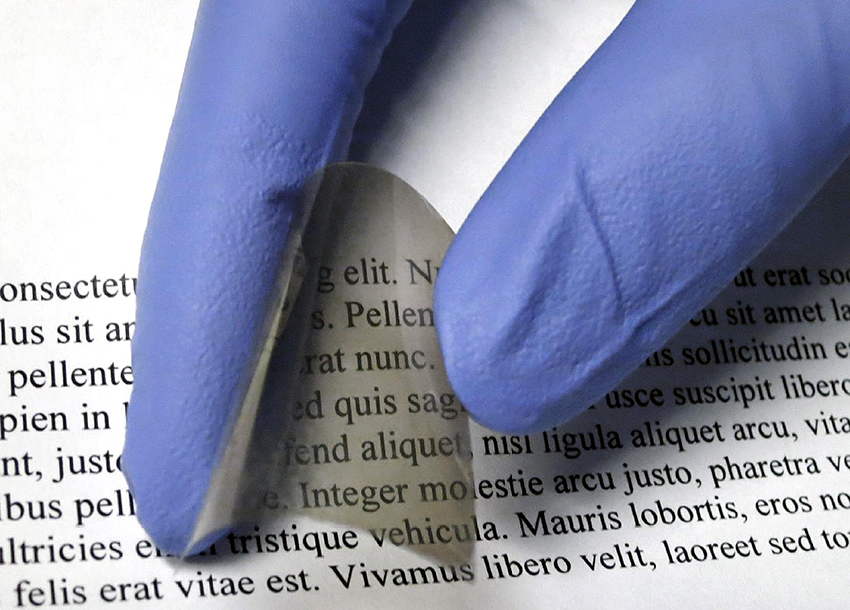Like transition lenses for houses and cars, new technology will allow users to change the tint of their windows with the touch of a button.
Delia Milliron, a UT chemical engineering associate professor, and her team developed a flexible window coating that can control the amount of heat and sunlight entering through a window.
This material could be used to create “smart windows” in cars, houses and airplanes, making more energy-efficient and climate-controlled spaces.
The window coating is made out of an inorganic compound called niobium oxide, which can be activated using a power supply of less than four volts — the power of approximately three AA batteries.
Milliron said the material works similarly to a battery, where a charge activates the material and changes the electronic state of the niobium atoms. When an atom gains an electron from the charge, it has a new visible absorption spectrum that makes the window darken. When an electron is removed from the atoms, the window loses its tint and becomes transparent.
Niobium oxide is a highly disorganized compound, and its atoms are hard to locate.
“We had to use a whole set of techniques to get insight into the structure [of niobium oxide], things like spectroscopy, and we then collaborated with scientists at the European Synchrotron Radiation Facility, where they used X-ray techniques to help identify the structure of the compound,” Milliron said.
The team formed the material at low temperatures, a key aspect to their research that kept costs low. This allowed the material to adhere to a variety of surfaces, such as glass.
“Normally, when you make oxides, you heat the metals very hot, then it forms an oxide, but that limits the types of material you can use, and it becomes less applicable to things like soft plastics,” chemistry professor Graeme Henkelman said.
Henkelman, who worked alongside Milliron, used theoretical chemistry methods to develop the structure of the compound. Henkelman used theoretical modeling to figure out a realistic structure consistent with Milliron’s and the Synchrotron Radiation Facility’s data.
Milliron said that although the material will not be commercially available for a few years, she is excited about the many possible applications.
“I’m probably most excited about using the material for panoramic sunroofs for cars,” Milliron said. “You want to have some light coming in, but sometimes it can be too hot or too bright, and I think that would be a very interesting application for it.”
Milliron licensed the material to a company she co-founded, Heliotrope Technologies. She said the team’s next step is maximizing how dark or light the tint can get.
“What’s just becoming possible, partly because of faster computers and better algorithms and through design, is that we can try out new metals and see how they interact with sunlight in an electrochromic way,” Henkelman said. “Experimenting with new materials for the future is really what’s next.”















